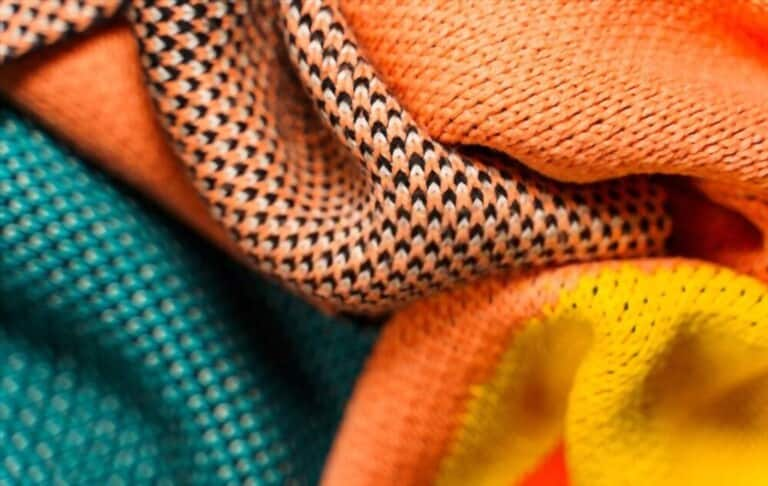Table of Contents
Basketball outfits have evolved significantly over the years. Basketball uniforms have evolved from cotton to wool to nylon shorts with elastic waistbands. Basketball players now have access to a wide range of equipment that may be personalized to their team’s colors and preferences. The uniforms are comprised of lighter, more breathable materials, allowing players to move freely on the court. Furthermore, with many clubs incorporating unique designs and patterns into their jerseys, there is now a greater emphasis on style.
Synthetic Fabrics: A New Era, 1940-1960

During the 1940s and 1960s, the introduction of synthetic textiles transformed basketball uniforms. Polyester/nylon textiles replaced traditional woolen uniforms, making the game more comfortable and allowing for higher performance. During this time, the players’ clothing also changed significantly; they began wearing shorter pants (briefs) and shirts that looked similar to modern-day jerseys – tracksuits!
In the 1950s, players were required to wear belts with their satin shorts, which was an unusual requirement. However, in the 1960s, this requirement was removed, and elastic waistbands were created to replace it.
The Beginning of the Freestyle Era: Fashion Meets Function 1960-1988

In the 1960s, the freestyle age of basketball uniforms saw a significant shift in garment design. The emphasis was focused on raising athlete exposure and performance. During games, players began to wear longer, striped tube socks, and headbands were a popular accessory to keep hairstyles out of one’s eyes while playing ball and avoiding distraction.
MacGregor Sand-Knit, an official NBA outfitter, developed a more comfortable uniform in 1982, replacing cotton/polyester blend shirts with whiter pinhole mesh shirts. This modification made it easier to move about on the court because looser jerseys were preferred over tight-fitting satin shorts or any other fabric.
Michael Jordan’s Request for Longer Shorts Changed the Basketball Uniform Landscape
Basketball legend Michael Jordan approached NBA sports maker Champion in 1987, requesting that his shorts be made longer so that he might have something to grip onto while catching his breath. The following season, Champion granted his request, ushering in a new era in basketball uniform design. The 1990s witnessed a shift to baggier uniforms and a shift in fabric, with a shift away from nylon and mesh. Cool-dry mesh basketball jerseys and shorts were introduced in the early 2000s, offering players a modern and sleek aesthetic.
From 2000 to the Present: The Evolution of Sublimated Basketball Uniforms

Sportswear firms had to keep up with the changing needs of players as the game evolved. Customisation strategies were first appearing in the sector in the late 1990s and early 2000s. Sublimated basketball uniforms first appeared during this time period, when the desire for highly made outfits skyrocketed. Sublimation, as opposed to traditional fabric dye, allowed color gradients, intricate patterns, dynamic team logos, and other design aspects to be included into basketball jerseys. As a result, screen printing, twill applique, and heat transfer vinyl all shifted to the sublimation technique.
Basketball Attire Trends to Watch
Coast 2 Coast Sports is able to provide outstanding basketball goods to every player and spectator due to advancements in software and manufacturing technologies, as well as over three decades of experience in sportswear. The C2C Design Your Own Basketball Uniforms collection is a fusion of modern styles and traditional designs that you have always admired. These things are totally adjustable, allowing you to choose the cut and design that feels the most comfortable on the court and enhances your confidence.

